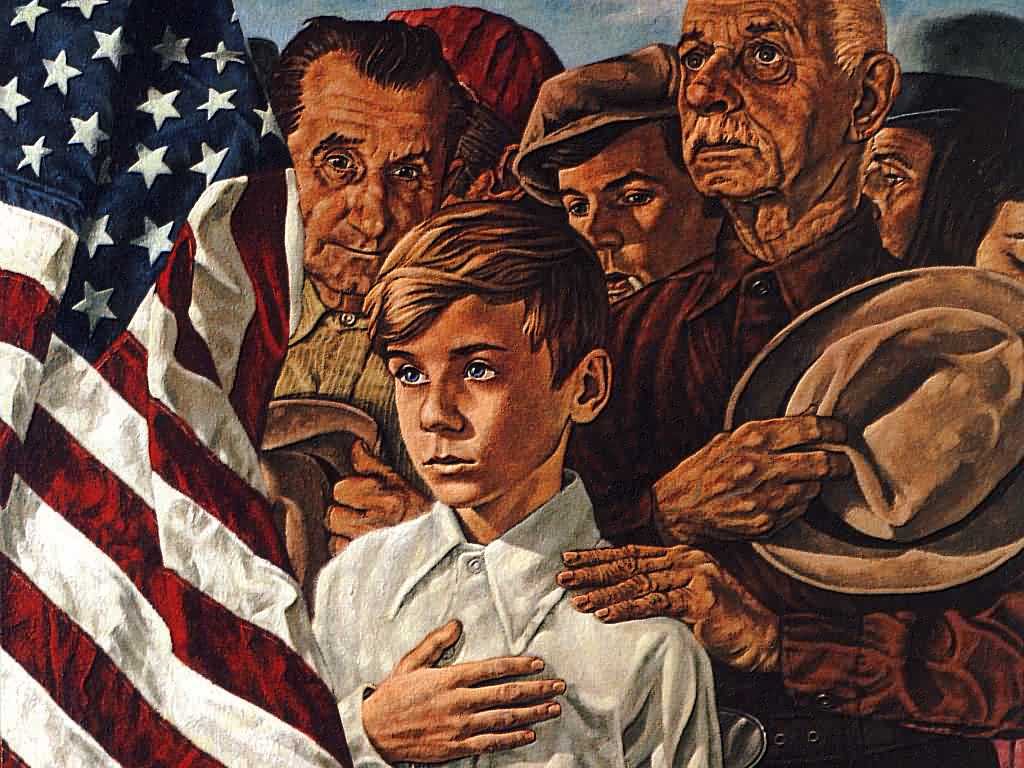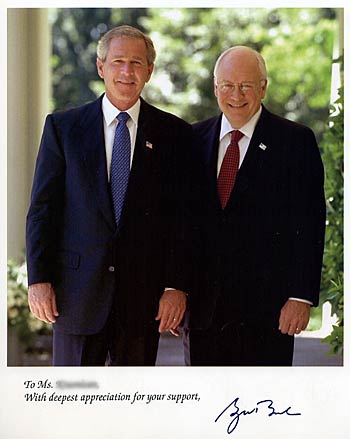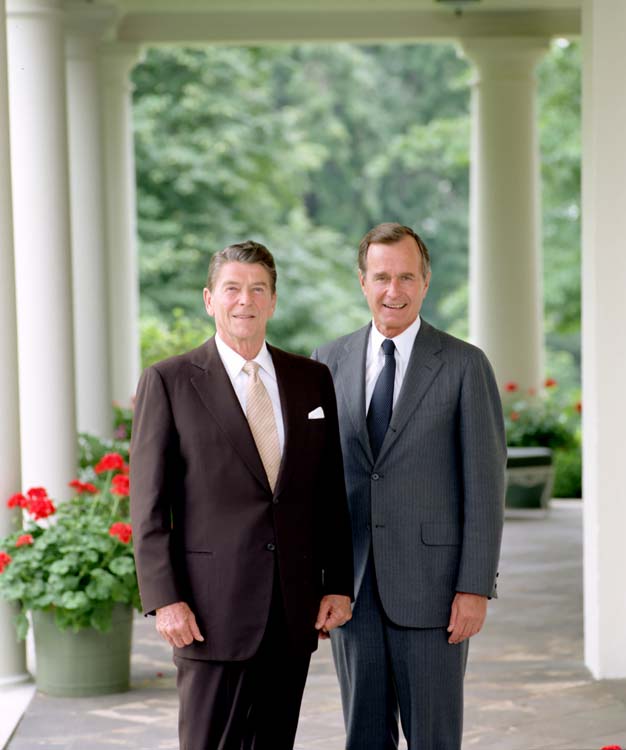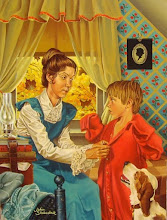Source: http://thewideawakes.org/archives/2007/01/22/global-warming-backpedaling/
Global warming cultists have gotten so carried away with their Chicken Little rhetoric that they’re going to have to start backpedaling if they expect people to take them seriously.
Even the hardly conservative Houston Chronicle observes that two of the events that helped win over the gullible — Katrina and last year’s warm summer — hardly constitute proof of Al Gore’s hysterical predictions. If global warming caused Katrina, where were all the hurricanes last year? Whose SUVs caused summers to be even hotter in the 1930s?
Inevitably, the hyperbolic hype is falling in on itself. As climate scientist Kevin Vranes of the University of Colorado puts it:
Some of us are wondering if we have created a monster.
Despite stern insistence by leftist fanatics that there is no debate, scientists who won’t drink the Kool-Aid are raising their voices. Says Judith Curry, an atmospheric scientist at the Georgia Institute of Technology:
I think the rank-and-file are becoming more outspoken, and you’re hearing a broader spectrum of ideas.
A broad spectrum of ideas is the last thing Al Gore wants. He recently canceled an interview with Denmark’s largest newspaper Jyllands-Posten, apparently because the paper would also publish the views of global warming skeptic Bjorn Lomborg.
Avoiding contradictory views is a priority for Gore, who is standing on thinner ice than any polar bear. His grand scheme to remake human civilization would make the average person 30% poorer by 2100, and cost $553 TRILLION over the next century. People might start to wonder if it’s worth it, once they consider that Gore’s threatened 20-foot rise in sea level is exaggerated by a factor of 20, that his tale of global warming causing malaria in Nairobi is simply a lie, that only 2% of Antarctica has actually gotten warmer over the last 35 years, that global warming would save 10 times more lives than it would end in the UK, and that the computer models they use to invent scary scenarios could just as easily prove that the world is turning into a lump of Velveeta.
On tips from Monsoon and V the K.
NY Times Eats Its Words; Global Warming Threatens One Third of World’s Habitat
Source: http://www.globalwarming.org/article.php?uid=468
Cooler Heads Coalition
September 14, 2000
NY Times Eats Its Words
The New York Times on August 29 retracted its ridiculous front-page story of August 19 that the North Pole was melting. The reporter, John Noble Wilford, had even asserted that open water appeared at the pole this summer for perhaps the first time in 50 million years, which was only off by 49,999,999 years.
Apparently, the pressure to backpedal was fueled by an AP story that again retailed the claims of Harvard Professor James J. McCarthy without consulting any Arctic experts. However, the Times tried to save face by running another article by Wilford on page 3 of its Science section that did its best to cloud the whole issue. Wilford asserted that regardless of his little mistake, the Arctic has warmed by 11 degrees in the last 30 years. And in a major story in the September 4 Time magazine, "The Big Meltdown", junk science purveyor Eugene Linden claimed that there's still plenty of evidence of the deleterious effects of global warming in the Arctic.
The temperature data tells a different story that the fact checkers at the Times and at Time (if they still employ any) may want to consult. According to the Intergovernmental Panel on Climate Change's Second Assessment Report, the Arctic has warmed, not by 11, but by 2.7 degrees F in the last 30 years. Moreover, the article looked at the past 30 years because 1969 was conveniently the coldest year since about 1920. The Arctic was warmer in 1935 than it is now. Over the past 70 years, the temperature trend has been essentially zero (see Virtual Climate Alert #29 at www.greeningearthsociety.org.)
It’s a Cool, Cool Summer
The global warming propaganda juggernaut has been lying low this summer due to unusually cool temperatures and a relative lack of natural disasters. Indeed, the tropics this summer are cooler than they have been since satellites began measuring global temperatures in 1979.
According to Dr. John Christy, of Earth System Science Laboratory at the University of Alabama in Huntsville, "Based on the satellite record, which started in 1979, the equatorial tropics experienced its coolest year in 1999, when the composite temperature was 0.34 degrees Celsius below the 20-year average for that region."
Moreover, "That trend has continued through the first eight months of this year, with temperatures in the tropics 0.39 degrees C cooler than normal," he said. These cooler temperatures can be attributed to La Niña, which is a cooling of the Pacific Ocean, just as the warmer than average temperatures in 1997 and 1998 can be attributed to the El Niño Pacific Ocean warming event.
The Northern Hemisphere, on the other hand, has been warmer than normal this year. "That has been the trend over the past 20 years," Christy said. "During that time we’ve seen a 0.25 degree C per decade warming in the Northern Hemisphere, a very slight cooling in the tropics, and enough cooling in the Southern Hemisphere to almost offset the warming in the north."
Global Warming Threatens One Third of World’s Habitat
The World Wildlife Fund has released a strident report that claims, "Global warming could fundamentally alter one third of the plant and animal habitats by the end of this century, and cause the eventual extinction of certain plant and animal species."
"In the northern latitudes of Russia, Canada and Scandanavia," claims the report, "up to 70 percent of habitat could be lost" due to rapid warming."
According to Adam Markham, Executive Director of Clean Air-Cool Planet, and one of the report’s co-authors, "As global warming accelerates, plants and animals will come under increasing pressure to migrate to find suitable habitat. Some will just not be able to move fast enough."
The report also claims that species that are isolated, such as those found on islands or in "fragmented habitats" are most at risk. But these species are most at risk due to their isolation not from global warming. Indeed, island species have always been at greater risk from extinction than non-island species.
The report claims, "Already, Costa Rica’s golden toad has probably become extinct. Birds such as the great tit in Scotland and the Mexican jay in Arizona are beginning to breed earlier in the year; butterflies are shifting their ranges northwards throughout Europe; and mammals in many parts of the Arctic – including polar bears, walrus and caribou – are beginning to feel the impacts of reduced sea ice and warming tundra habitat."
Some of these changes, although true, are actually beneficial to species. The change in butterfly ranges isn’t a shift but an expansion. A study in Nature by Parmesan et al, which analyzed the distributional changes of European butterflies, found that "nearly all northward shifts [of butterfly ranges] involved extension at the northern boundary with the southern boundary remaining stable," thus increasing butterfly habitat and enhancing survivability.
Another study in Nature by Thomas and Lennon found that British bird distributions from 1970 to 1990 experienced a similar habitat expansion. Northern habitat boundaries shifted 19 kilometers while the southern boundary remained stable.
A study that appeared in the Canadian Field-Naturalist by Norment et al studied bird surveys taken along the Thelon River and its tributaries in the Canadian Northwest Territories from the 1920s through much of the 1990s. They found that three bird species had expanded their range southward, nine bird species had expanded their range northward and sixteen bird species were new to the area. Moreover, mammals such as red squirrel, moose porcupine, river otter and beaver had also recently established themselves in the area.
Finally, a review of the scientific literature by Keith and Sherwood Idso, which appeared in Agricultural and Forest Meteorology, found that atmospheric CO2 enrichment increases the temperature at which plants function optimally, negating the need for migration.
The WWF study can be found at www.panda.org/climate. Full citations and reviews of the scientific papers cited above can be found at www.co2science.org.
Etc.
- The New York Times’s embarrassing retraction of its "The North Pole is Melting" story inspired a top ten list by David Letterman on the August 30 Late Show.
Top Ten Signs the New York Times is Slipping
10. Instead of "All The News That's Fit To Print," slogan is "Stuff We Heard From A Guy Who Says His Friend Heard About It."
9. President does something on the TV show "West Wing," next day it's on front page.
8. It's 108 pages, and there's not one single vowel.
7. For every story, accompanying photo is Tony Danza.
6. Obituary has become list of people editors wish would die.
5. Dick Cheney consistently referred to as "the dude from those Wendy's commercials."
4. Notice on sports page: "All scores are approximate."
3. Only ad in job classifieds: "Wanted -- someone who knows how to put together a damn newspaper."
2. For last two weeks, edited by a disoriented Anne Heche.
1. They're endorsing George W. Bush.

































No comments:
Post a Comment